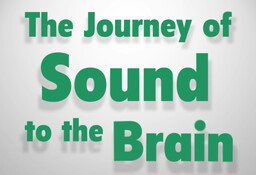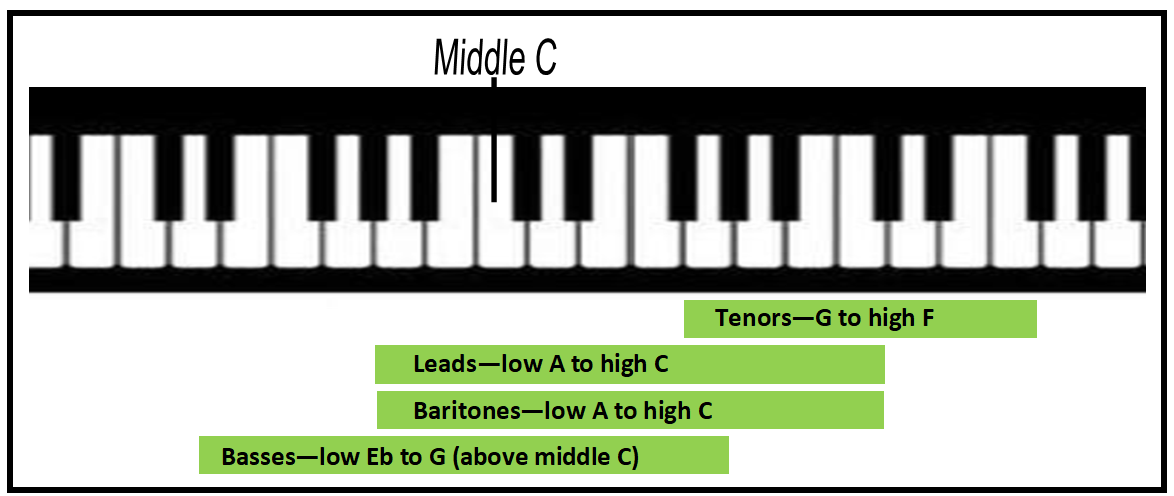THE FOUR PARTS
|
January 25, 2022: Watch this video of a Grants Pass, Oregon high school class where Main Street explained how the four voice parts in barbershop arrangements work together:
VIDEO NOTES
Leads sing the melody most of the time. They tell the story, sell the song. Their melody is the "ear worm" that the audience will remember. Basses are the foundation - the low notes. The basses need to "lasso" into the sound of the lead rather han think of themselves as soloists (except for those fun bass tidbits). Leads and basses often are singing either the root of the chord or the 5th note in that chords. These chords will ring and sparkle by accuracy of notes, matching vowel sounds, resonance space, and by singing pure notes (with no vibrato). Tenors sing a harmony above the melody - like a duet. Tenors compliment the chords and the sound. Baritones sing the additional notes are needed to make each of the chords "fuller sounding." The baritone notes weave above and below the lead. When baritone notes are above the lead, it's important to compliment the melody by singing softer (as needed). Here's a YOUTUBE link to MAIN STREET's popular "Pop Songs Medley" that went viral on YOUTUBE.
POP SONGS MEDLEY |
Female Voice Part Ranges |
|
BASS sings the lowest note in the harmony part below the lead and should have a deep voice with a mellow timbre.
|
BARITONE sings in the same range as the Lead, moving above or below the Lead line as necessary for her note to complete the chords. She needs to have a “good ear” for harmony and the ability to adjust her pitch to the other parts.
|
LEAD usually sings the melody of the songs. Leads should have a clear, strong, pleasant voice with a good sense of pitch.
|
TENOR sings the harmony part above the Lead and should have a lighter, clear, sweet sound to her voice with very little vibrato.
|








